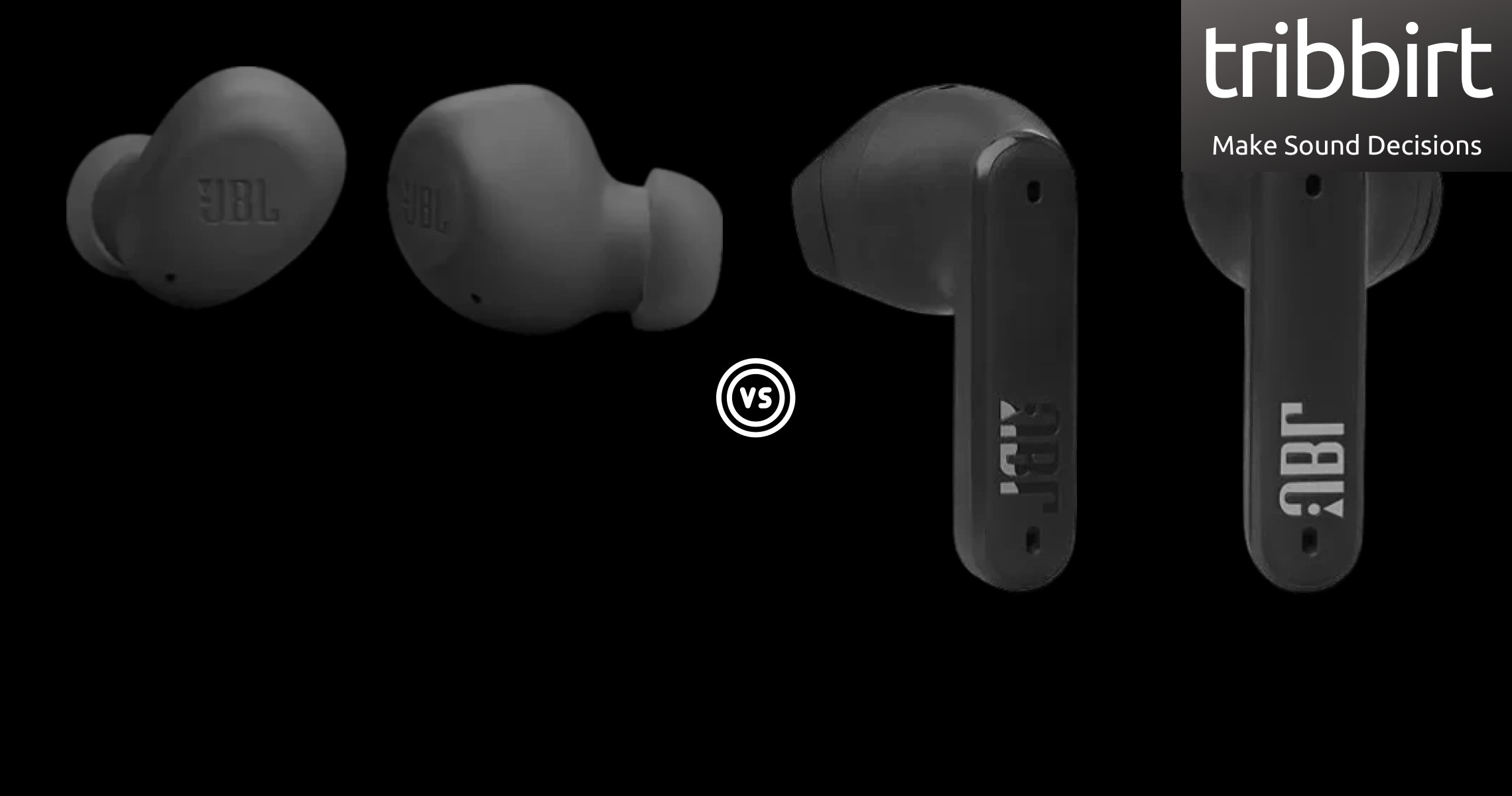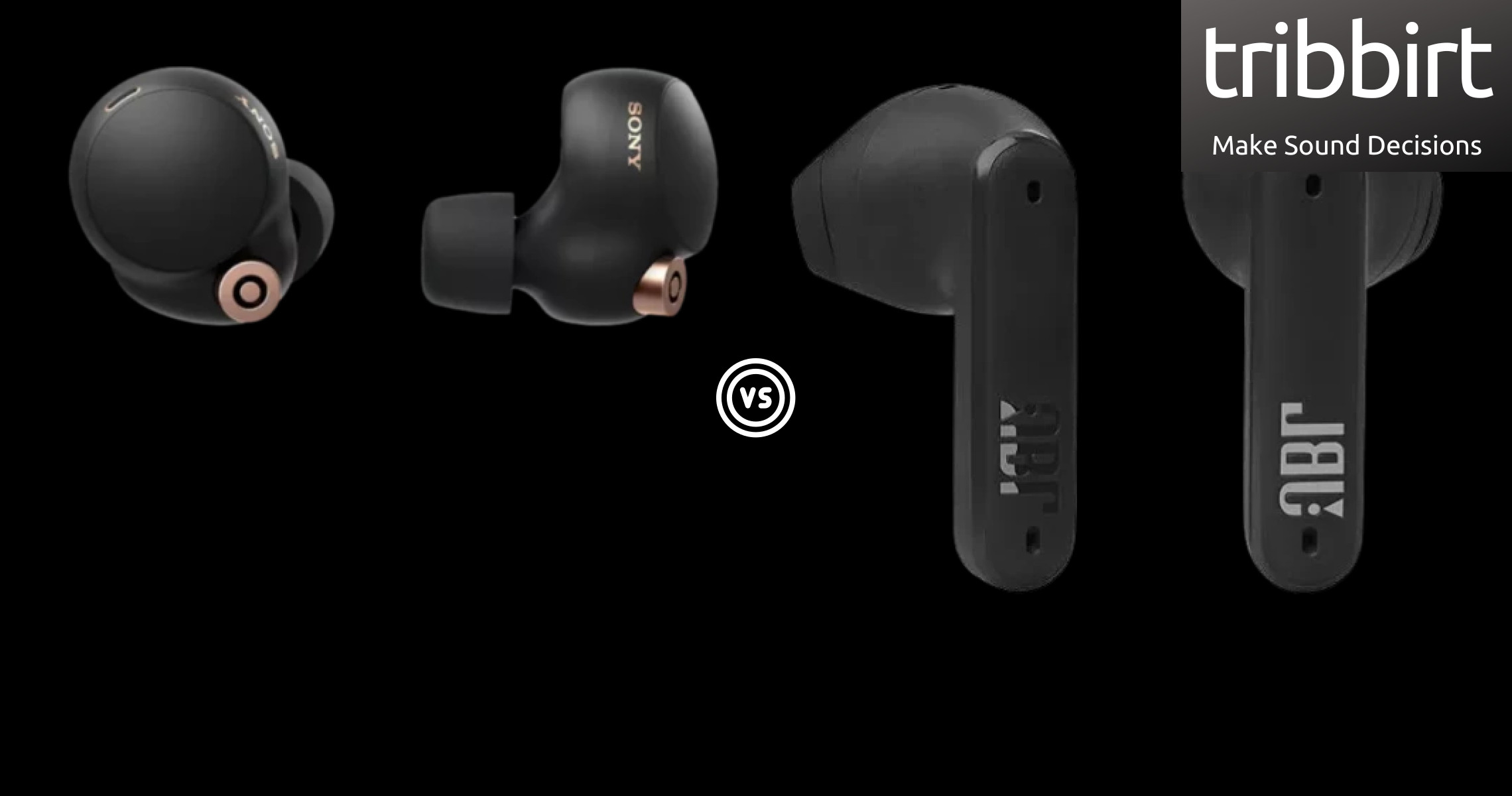IP ratings refer to the level of protection offered by an enclosure, against solids and liquids. In the format of IPXX, 'X' represents a number The first value means protection against solids such as dust, while the second refers to protection against liquids (sweat).
Scoring IPX4, the JBL Tune Flex's rating is read as, the first number of X denotes that no data available to specify a protection rating, and the second number of 4 means that they can withstand low pressure spray similar to that of a shower head when tilted at 180° for 10 minutes. In comparison to the JBL Tune Flex, Google Pixel Buds Pro have a rating of IPX4 meaning that
we are not yet certain of their rating with solids (dust)
and that of liquids is that,
they both have the same rating against liquids
The JBL Tune Flex have a weight of 9.6g . We consider a lower weight better because lighter devices are more comfortable to transport.
The Google Pixel Buds Pro, at 12.4g
weigh more than the JBL Tune Flex with a difference of 2.8g
True wireless devices have no wires linking any part of the device together, JBL Tune Flex are true wireless for this matter since they have no cables. This is a key distinction as some wireless earbuds have cables connecting the 2 earbuds .
Google Pixel Buds Pro also is true wireless since it doesn't have wires connecting the two earbuds .
JBL Tune Flex are resistant to sweat
Google Pixel Buds Pro's resistance to sweat makes both devices fit for use while doing sports such as long-distance running, marathons, cardio sweat workouts , etc
JBL Tune Flex have stereo speakers, what this means is that JBL Tune Flex's speakers deliver sound from separate channels on both left and right sides, this creates a richer sound and a better listening experience. Both Google Pixel Buds Pro and JBL Tune Flex have stereo speakers
ANC makes use of advanced technology to reduce ambient sounds.
ANC works when, it detects and analyzes the sound pattern of incoming noise and after inverts the soundwaves to cancel it out. In simple terms, it's like taking +1 (sound from your surrounding) and producing -1 (inverted noise) giving 0 therefore "diluting" the noise.
JBL Tune Flex have Active Noise Cancellation enabling you to listen at lower volume levels, good for your ears as you don't need to crank up the device volume to outcompete background noise.
The Google Pixel Buds Pro too have ANC which makes either of the devices ideal for plane rides and rush hour travels. Each operate with different noise cancellation types, pick the mode that suits your travel or that enhances your chill time. JBL Tune Flex sit well in place, creating an acoustic covering that tones down background sounds while preventing the device voice audio from leaking out at the same.
Both Google Pixel Buds Pro, and JBL Tune Flex have passive noise reduction this implies that both tone down ambient noise instead of actively using technology to cancel it out. The JBL Tune Flex have a unit size of 12mm in diameter, bigger drivers are more powerful, therefor producing better bass. The driver unit is the component that makes sound in the earbuds, the unit size determines the sound made by the earbuds.
Google Pixel Buds Pro driver unit is 11mm in diameter,
which means that they have a smaller driver unit than that of JBL Tune Flex by 1mm
, a common assumption that driver units of a bigger size automatically produce better sound quality.
However, large drivers usually have difficulty producing high frequencies so yeah, larger drivers can generate louder sound, but this does not indicate that they deliver better quality sound. JBL Tune Flex's lowest frequency is at 20Hz, low-frequency response measures if and how well an audio device generates low frequencies that can be heard, and if it alters the signal while at it.
Google Pixel Buds Pro's lowest frequency is at 20Hz, this implies that
both devices produce equal bass
The JBL Tune Flex's highest frequency is at 20,000Hz, high-frequency response tells how well an audio device makes high recognizable frequencies and if it makes any changes to the signal on its way through. Google Pixel Buds Pro's highest frequency is at 20,000Hz, this means that
both devices produce equal treble
The sound pressure level, is the pressure level of sound, in decibels, dB, JBL Tune Flex's measurement is 108dB/mW. Devices with a higher sound pressure level are generally louder when supplied with any given audio source.
Google Pixel Buds Pro's sound pressure level measurement is 75dB/mW. How loud a device is can be considered differently by different persons, so we need to have the means to get an objective measurement of sound level expressed in numerical terms. JBL Tune Flex's battery life is 8 hours, these last longer than 5 hours of listening which is considered average for a single charge.
A device's battery life is given by the manufacturer, and with longer battery life, you get to use it for longer and requires fewer chargings. Google Pixel Buds Pro's battery life is
more than that of JBL Tune Flex by 3 hours
. Each time you recharge your earbuds, they get a little less playing time. The effect is barely noticeable at first, but over a few years, your wireless earbuds will no longer play for long like they used to.
The battery life of the charging case is given by the vendor, and the JBL Tune Flex's case has a full charge of 24 hours. A charging case with a longer battery life enables you to recharge your earbuds on the go many times before having to recharge the case itself. Google Pixel Buds Pro's charging case has a battery life of 20 hours,
less than that of JBL Tune Flex by 4 hours
It takes 2 hours to fully charge the JBL Tune Flex's battery.
It is recommended to charge fully the battery before using the earbuds for the first time. Google Pixel Buds Pro takes 1 hours to fully charge the battery,
less than that of JBL Tune Flex by 1 hours
JBL Tune Flex have a battery level indicator, an indicator shows you when the device has a low battery. The battery indicator lights display the charging status of your earbuds and charging case.
Google Pixel Buds Pro too have a battery level indicator, charging indicators enable you to determine the charging state of your earbuds, if charged fully, or having a low battery. JBL Tune Flex have USB TYPE-C, a standard connector for transmitting both data and power in a single cable. Google Pixel Buds Pro too support USB TYPE-C.
This USB-C plug comes along with most current electronics. The JBL Tune Flex have Bluetooth version of 5.2, Bluetooth is a wireless technology standard that enables data transfers between devices placed in range, using short-wavelength, ultra-high frequency radio waves. Google Pixel Buds Pro has a Bluetooth version of 5,
older than that of JBL Tune Flex
. Newer versions provide faster data transfers.
JBL Tune Flex have a 10meters distance to connect via Bluetooth. Google Pixel Buds Pro have a maximum range of 10meters,
equal to that of the JBL Tune Flex
JBL Tune Flex support AAC, a codec used for Bluetooth audio. It supports 24-bit audio at 250kbps.
Because it uses psychoacoustic modeling, it provides better results than other codecs at the same bit rate.
Being the highest quality codec that any Bluetooth-supporting Apple product supports, the JBL Tune Flex will work well with your MacBook. If you are planning on using these with Android , ensure that they also support aptX HD, LDAC, or LHDC as well.
The Google Pixel Buds Pro support AAC as well. Designed to be the successor of the MP3 format, AAC generally achieves higher sound quality than MP3 encoders at the same bit rate. JBL Tune Flex have 4 microphones.
Google Pixel Buds Pro microphones are 6,
more than that of JBL Tune Flex by 2
. More microphones result in better sound quality and enable the earbuds to filter out noise. The JBL Tune Flex have a noise-canceling microphone, these microphones are designed to filter out background sounds from the earbuds' sound. The Google Pixel Buds Pro too have a noise-canceling type of microphone.
Especially useful in noisy environments. The JBL Tune Flex microphone sensitivity is measured at -38dBV/Pa. The vastness of the analog or digital output signal from the microphone with its input stimulus is a calculation of its sensitivity.
It's the 'loudness' of the sound that the microphone can pick up. The JBL Tune Flex support ambient sound mode, which uses microphones to channel ambient noises so that they can still be heard even while wearing the earbuds
The Google Pixel Buds Pro support ambient sound mode as well, helpful when you want to listen to music while being aware of what’s happening around you, for example when you’re having a run but still want to be able to hear traffic. When misplaced in a room, or can't easily find them in your bag, the JBL Tune Flex have a find earbuds feature.
The Google Pixel Buds Pro also have the find earbuds feature. Use the earbuds app on your phone to play a sound from your device to find them. The JBL Tune Flex support fast charging.
Most often, technologies like Qualcomm’s Quick Charge, are used to lower the time it takes to fully charge the earbuds. The Google Pixel Buds Pro support fast charging. This kind is similar to regular charging, only that the battery fills up much faster.
Say, with Quick Charge 3.0, the battery can be charged to 50% in just thirty minutes. JBL Tune Flex support multipoint of 2 connections, the multipoint feature allows you connect to more than one Bluetooth device and switch between them. For example, you can seemlessly switch calls from one device to another without manually disconnect and reconnect.
The Google Pixel Buds Pro support multipoint count of 2,
equal to that of the JBL Tune Flex
. Bluetooth multipoint is useful because you can be on one call and not miss notifications from another connected device. The JBL Tune Flex have a mute function, they support the option to mute/unmute a conversation directly from the earbuds. The Google Pixel Buds Pro also support this function.
It means that you can turn off the device's microphone, but you can still hear the other party's voice. With the JBL Tune Flex, so you can easily access the volume control, pause, play, mute, etc whichever functions are supported on the earbuds. The Google Pixel Buds Pro too have a control panel on them.
JBL Tune Flex have voice prompts. With voice prompts, you receive information through audio messages, like if there is an issue with the connection. Google Pixel Buds Pro too support voice prompts meaning the earbuds will notify you when the battery is running low, and it's time to recharge the earbuds.
JBL Tune Flex come with their own special case. Carrying earphones without a case, or putting them inside your pockets without a cover may easily damage them. Google Pixel Buds Pro too have a case included, which offers safe transportation.












